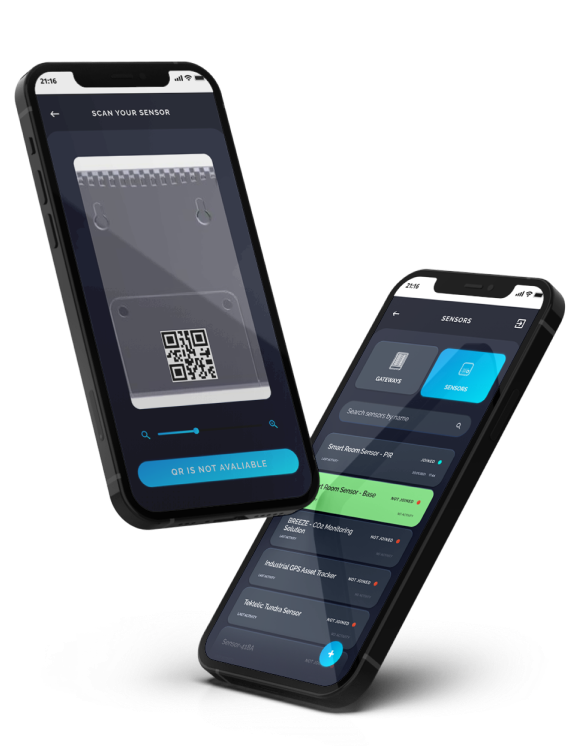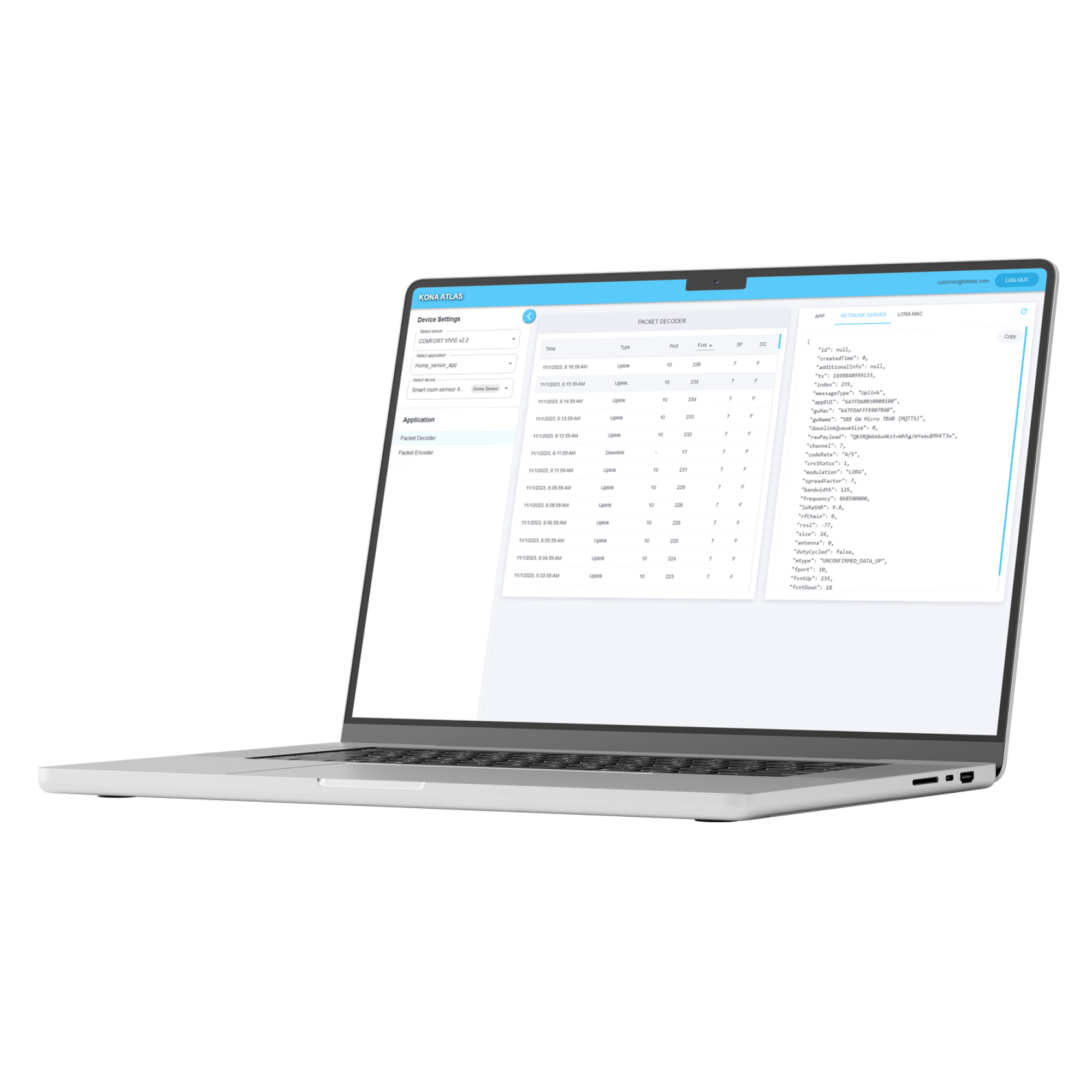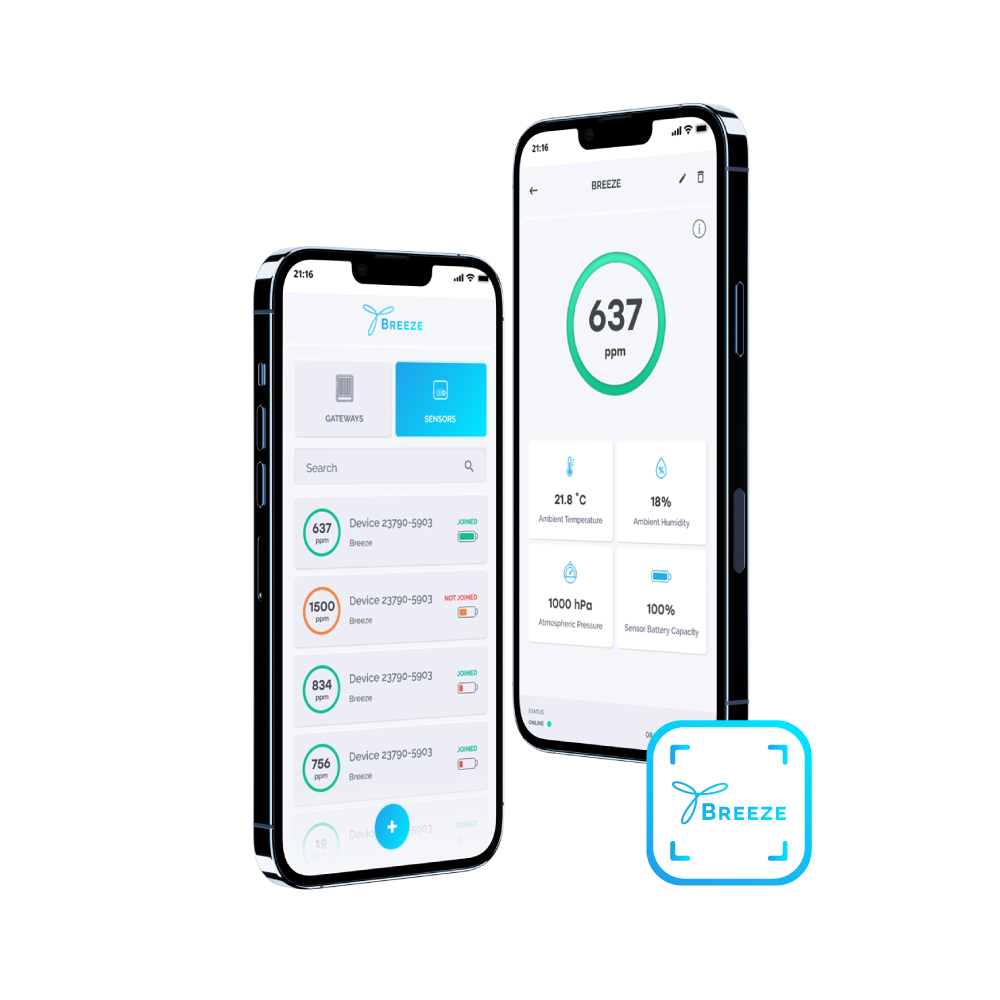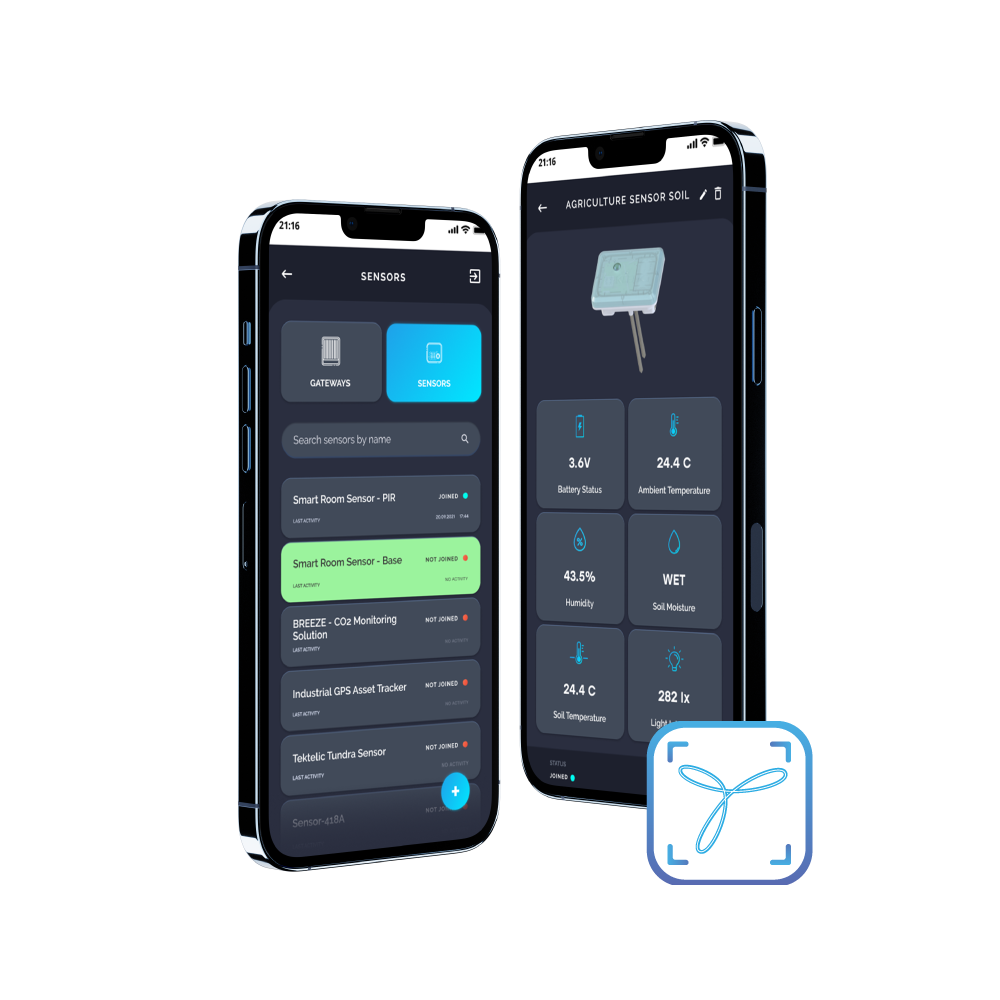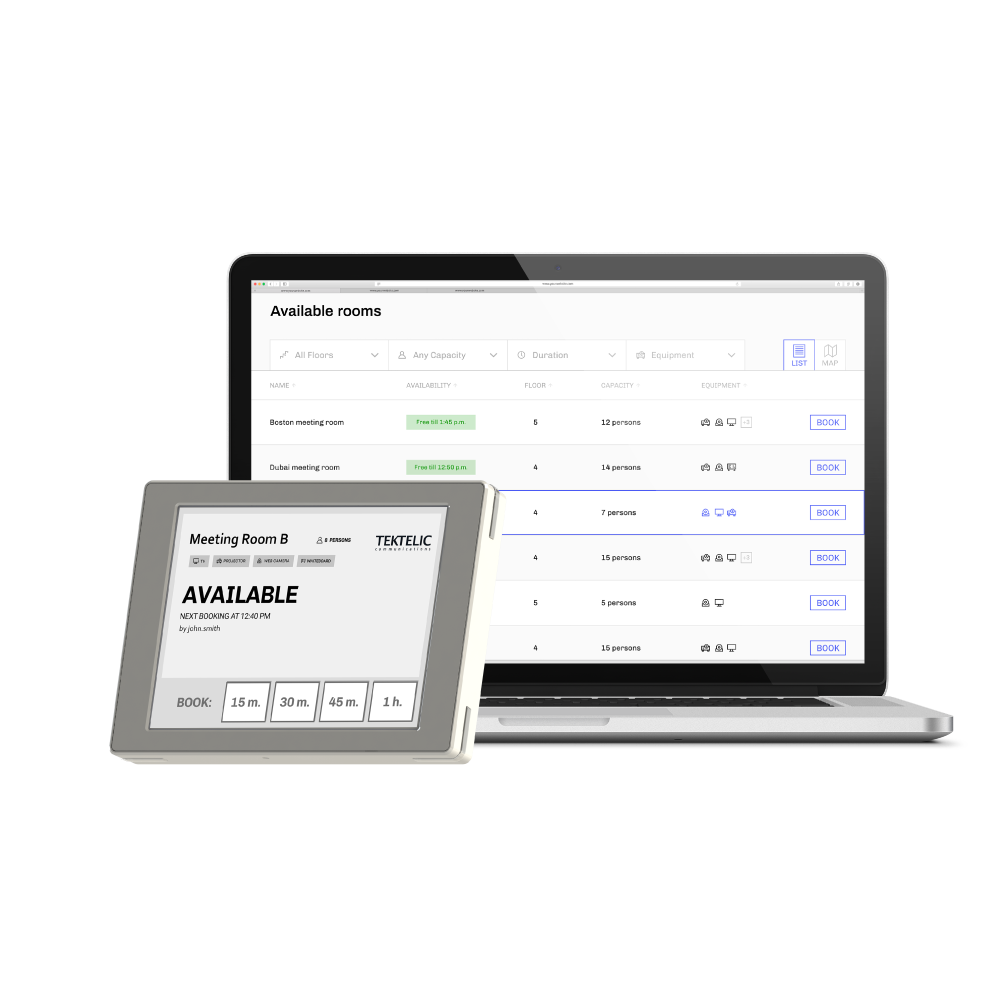By implementing IoT end-to-end solutions, companies can enhance their services and products and solve complex business problems. With IoT, you can gain a competitive edge by offering better products and services, analyzing customers’ preferences, and fine-tuning your pricing policies. IoT solutions also help improve customer service by automating follow-up after-sales, tracking inventory, and environment indicators.
What is the role of application in a LoRaWAN network?
In a LoRaWAN network, the application plays an important role in managing and utilizing the data collected by the network. It is the end-point in a LoRaWAN network where data becomes actionable and valuable, serving as the interface between the technical infrastructure and the practical applications of the IoT network.
How do applications operate?
Applications in IoT networks primarily focus on data collection from various sources, including sensors or device health information. Since this data comes in different formats, it’s important to standardize it for easier analysis and readability.
Applications like TEKTELIC LOCUS or LeapX allow users to view and analyze different data types from multiple devices simultaneously, simplifying the process of understanding and correlating information. Location data, for instance, is vital in sectors like smart agriculture, smart cities, and logistics, whereas manufacturing and warehousing rely more on specific device metrics. Additionally, a fundamental aspect of these applications is the notification process, which facilitates remote management of IoT devices. Users can receive alerts and respond to them, enabling them to address issues or adjust device operations as needed.
Is it possible to integrate custom applications with TEKTELIC’s sensors and gateways?
Yes, it is possible to integrate custom applications with TEKTELIC’s sensors and gateways. TEKTELIC’s devices are designed to be compatible with various third-party applications, allowing for flexibility in how you use and manage the data collected from their sensors and gateways. This means you can utilize your own software solutions to analyze, monitor, and control the devices according to your specific needs and requirements. However, it’s important to ensure that your applications are compatible with the protocols and standards used by TEKTELIC’s devices for seamless integration and operation.
